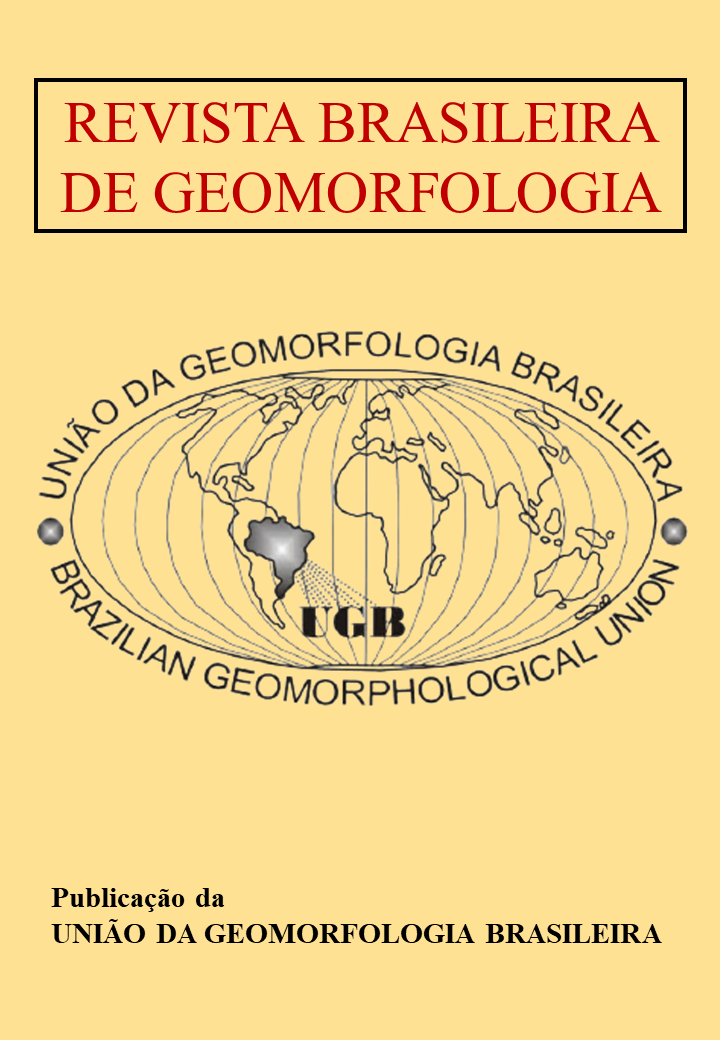Detection of movements in the basal layer of the seasonal snow cover by means of inclination data loggers, Cuiña peak (Ancares Mountains, NW Iberia).
DOI:
https://doi.org/10.20502/rbg.v24i2.2355Keywords:
Snow cover, snow glide, , full-depth avalanche, snow push, , nival erosionAbstract
On the northeastern slope of the Cuiña Peak, Sierra de Ancares, the seasonal snowpack undergoes basal movements that give rise to intense geomorphological activity, characterized by the plucking of the rock substrate, the transport of clasts and the abrasion of exposed rock surfaces. Basal movement of the snow cover occurs as snow slide and avalanches. Sliding is a slow and continuous movement, by which the snow mantle slides on the substrate. On the surface of the snow cover it is evidenced by the appearance of tension cracks in the upper sections of the slope and bulges in the lower sectors. The displacements due to avalanches are rapid movements, in which the entire snowy mantle is displaced from its base, breaking up into large blocks. The movement are short and usually don’t exceed 20 m. Monitoring of basal movement presents difficulties, mainly in the form of risks to the measuring devices due to the considerable thrusting forces of the snow and the mobilized clasts. The main objective of this research was to develop and test an automatic and continuous procedure for the detection of the basal snow movements and resistance to the thrust forces and collisions with clasts which would be cost effective and permit monitoring at several points.
Downloads
Downloads
Published
How to Cite
Issue
Section
License

This work is licensed under a Creative Commons Attribution-NonCommercial 4.0 International License.
Author (s) retain copyright and grant the journal right of first publication with the work simultaneously licensed under the Creative Commons Attribution License that allows sharing the work with recognition of its initial publication in this journal.








